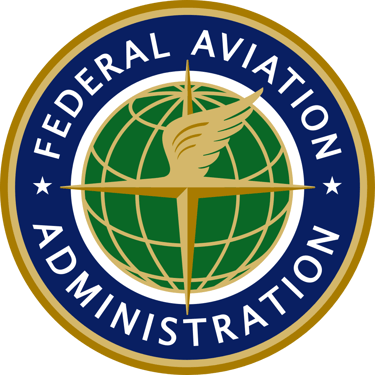Part 107 is a set of rules issued by the United States Federal Aviation Administration (FAA) that govern the operation of small, unmanned aircraft systems (UAS). Part 107 sets out the requirements for operators of small unmanned aircraft systems (UAS) to fly safely in the National Airspace System (NAS). The rules cover areas such as airspace authorization, operating area, altitude, pilot qualifications, and aircraft registration.
FAA Part 107 rules and regulations are the regulations that govern the operation of small unmanned aircraft systems (UAS) in the National Airspace System (NAS).
The regulations are part of the Federal Aviation Regulations (FARs) governing the operation of civil aircraft in the United States. The regulations have been in effect since August 29, 2016, and were designed to provide the necessary safety for UAS operations in the NAS.
The regulations are divided into two sections, the first being applicable to all UAS operations in the NAS, and the second being applicable to operations over people.
The regulations require that operators of UAS follow safety protocols and comply with certain requirements, such as registering their aircraft with the FAA, passing the Part 107 Remote Pilot Knowledge Test, obtaining a remote pilot certificate with a sUAS rating, and adhering to certain operating restrictions. There are also provisions for operations over people. These provisions require operators to take certain safety measures when operating over people, ensuring that the aircraft is operated in a manner that does not create an undue hazard, and ensuring that the aircraft is operated in a manner that is safe and non-hazardous to people and property on the ground.
There are certain restrictions imposed on UAS operations. These restrictions include staying at or below a maximum altitude of 400 feet above ground (AGL), and adhering to airspace authorization requirement. In addition, the regulations require that all UAS operations be conducted in a manner that does not interfere with other aircraft, and that the aircraft be operated within visual line of sight of the operator. Additionally, operators must comply with certain operating protocols, such as not operating the aircraft at speeds greater than 100 mph, not operating the aircraft in adverse weather conditions with less than 3 statute miles of flight visibility, and not operating the aircraft near emergency response areas.
The regulations are intended to provide the necessary safety for UAS operations in the NAS, while also allowing for the safe and responsible use of the aircraft. By adhering to the regulations, operators of UAS can ensure that their operations do not pose an undue risk to people or property on the ground.
In order to fly your drone under the FAA's Small UAS Rule (Part 107), you must obtain a Remote Pilot Certificate from the FAA. This certificate demonstrates that you understand the regulations, operating requirements, and procedures for safely flying drones.


